Ancient Warfare is a unique publication focused exclusively on soldiers, battles, and tactics, all before 600 AD. Starting with ancient Egypt and Persia and continuing to the fall of the Western Roman Empire, Ancient Warfare examines the military history of cultures throughout Europe, the Middle East and parts of Asia and Africa. Ancient Greece and Rome receive the most frequent coverage, due both to the wealth of contemporary sources and the modern fascination with these two great civilizations. Subject-matter ranges from the familiar to the more obscure: while Alexander the Great, the Persian Wars and Caesar’s Gallic campaigns all receive regular coverage, Ancient Warfare also looks at some of the less common parts of ancient military history, from chariots as battle taxis to PTSD in antiquity.
Ancient Warfare Magazine
PRELIMINARIES NEWS ITEMS BY LINDSAY POWELL
Spoils of the Bar Kokhba War recovered
Blood-red arena walls at Roman fortress
ERRATA
Arrowhead found to be made of meteoric iron
Roman border forts in the East facilitated trade
Elephant bone in Spain causes a stir
The Legion is coming!
HAVE YOU READ?
THE MYSTERIOUS MASSACRE AT SANDBY BORG IN AD 500 SCANDINAVIA'S BLOODY POMPEII • A brutal Migration-Period drama is being revealed by Swedish archaeologists in a ringfort on Öland, a Swedish island in the Baltic. As many as 300 seemingly defenceless people may have been slain and left to rot where they fell. What was the reason for this massacre, who did it, and why did neither friend nor foe bury the dead?
The massacre at Finnsburh
A CRUEL BUT UNUSUAL PUNISHMENT DECIMATION IN THE ROMAN ARMY • One of the most infamous Roman military punishments was that of decimation – the execution of one out of every ten soldiers in a disobedient cohort by their fellow soldiers. Decimation lay at the extreme end of Roman military discipline, and in practice, was relatively rare. This brutal punishment was only used in extreme cases of desertion, cowardice, or mutiny – but how did it happen, what were its aims, and was it more of a theoretical threat than an integral part of military discipline, used only a handful of times?
Patria potestas
TESTING RECONSTRUCTED ROMAN BALLISTAE IN THE ENGINE'S SIGHTS • The evidence for Roman bolt-throwing engines, both literary and archaeological, is scarce. Reconstructing and testing them based on the available evidence can illuminate their capabilities, however. Boris Dreyer reports, with help from Alexander Hauenstein and Wolfgang Wilsch.
ALEXANDER'S INVASION OF ASIA MINOR HELLENISM ASCENDANT • Crowned King of Macedon in October 336 BC after the assassination of his father Philip II, Alexander III assumed command of the Hellenic League, an alliance of Greek city-states formed by his father with the aim of invading the Persian Empire. He set out to accomplish his father’s aims and more.
PHALANGITES WITH JAVELINS A PREPONDERANCE OF POINTS • The Macedonian phalanx with which Alexander created one of the largest empires of the ancient world is typically imagined as rank upon rank of sarissa-armed soldiers in organized taxeis. There is, however, evidence that Macedonian phalangites did not exclusively use their sarissae, but also used javelins in a loose formation.
CONFLICTING ACCOUNTS OF A FAMOUS BATTLE THE CHARGE ACROSS THE RIVER GRANICUS • When Alexander was new to the throne, he had to deal with an older generation of army commanders. This ‘Old Guard’ was largely unsympathetic to new King, but he could not afford to alienate them. After the first year his rule became more stable, and he set about building up an alternative command structure.
An alternative view
ALEXANDER'S PHALANX COMMANDERS MEN YOU CAN TRUST • The phalanx is central to the conquests of...

 AW XVII.2
AW XVII.2
 AW XVII.1
AW XVII.1
 AW XVI.6
AW XVI.6
 AW XVI.5
AW XVI.5
 AW XVI.4
AW XVI.4
 AW XVI.3
AW XVI.3
 AW XVI.2
AW XVI.2
 AW XVI.1
AW XVI.1
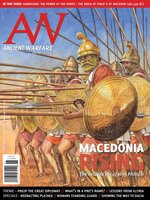 AW XV.6
AW XV.6
 AW XV.5
AW XV.5
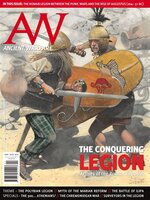 AW XV.4
AW XV.4
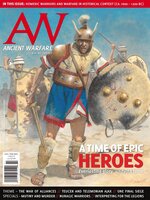 AW XV.3
AW XV.3
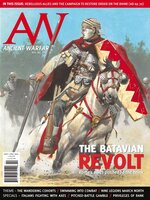 AW XV.2
AW XV.2
 AW XV.1
AW XV.1
 AW XIV.6
AW XIV.6
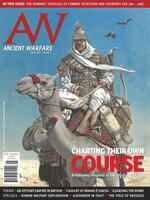 AW XIV.5
AW XIV.5
